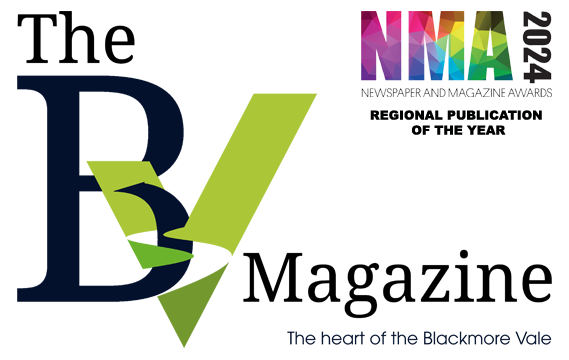Fundamental movement is your body’s unthinking, necessary ‘work out’ as you go about your day, explains expert Mel Mitchell.

When it comes to training in the gym, I always encourage people to incorporate ‘functional movements’ as opposed to isolated exercises, which only train specific muscles. It’s important to train the muscles that we
require for simple everyday tasks, such as picking things up from the floor – it’s easy for these basic movements to become difficult as we get older if we don’t keep using those muscles properly. There are seven established basic movement patterns, the most common five I’ve outlined below, with tips on practicing them:
1. The Hinge
The hinge is the movement we perform when picking things up from the floor – and we all know how hard that gets as you age! Training this movement (for example with deadlifts or kettlebell swings) can not only
help strengthen the muscles involved but also allow you to develop the capability and perfect the form required to lift without damaging your back.
2. The Squat
This is a movement that we do more often than people think. You are essentially squatting whenever you are sitting down in a chair, or coming back up from it again. Even sitting on the toilet is a squatting motion, so why would you not train this movement! Exercises such as front and back squats are a great addition to any gym program.
3. The Lunge
Lunging is a single leg movement. Everyday movements such as climbing stairs or stepping forward to throw a ball for the dog are all forms of lunging. It’s important to note that lunging is not one dimensional, and should be trained in all directions in order to improve balance, strength, flexibility and overall mobility.
4. Push
Pushing objects away from our body is another fundamental movement that we use every day. Movements such as pushing ourselves up from the floor or lifting objects above our head to place on a shelf are common examples of this movement pattern. Adding exercises such as press ups and the overhead press are a great way of strengthening this movement.
5. Pull
Obviously this is the opposite movement to push, literally pulling objects towards your body. Although we don’t necessarily do much of this movement everyday – other than pulling people in for a good old cuddle (run through that again, Ed) – this movement is essential for training and maintaining good posture. Any of the row exercises, and gym machines such as the lat pulldown are brilliant for this movement pattern.

by Mel Mitchell

